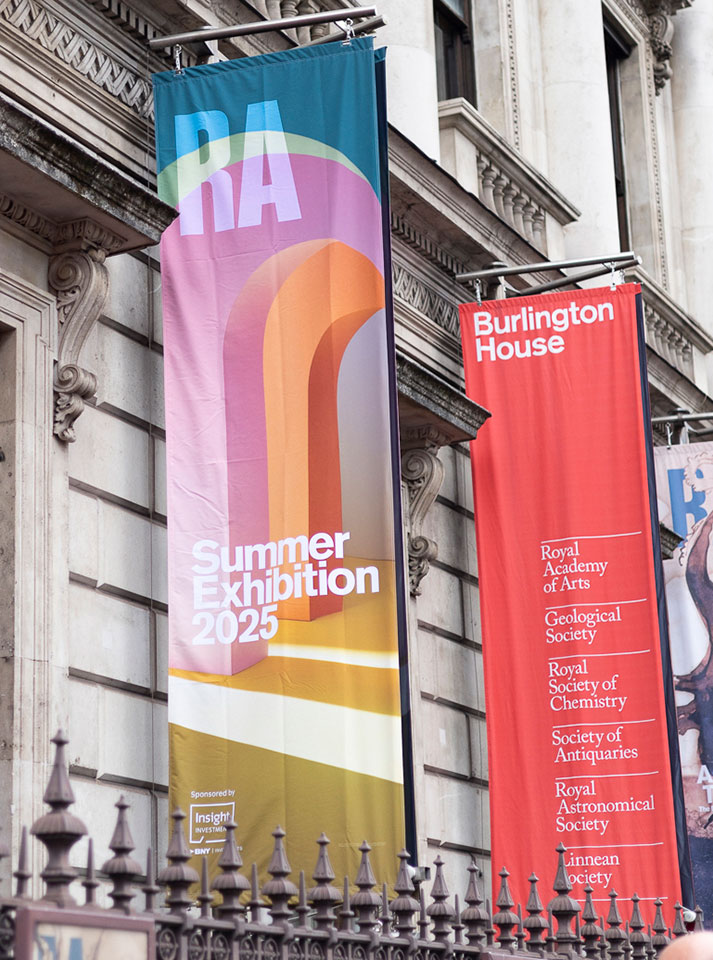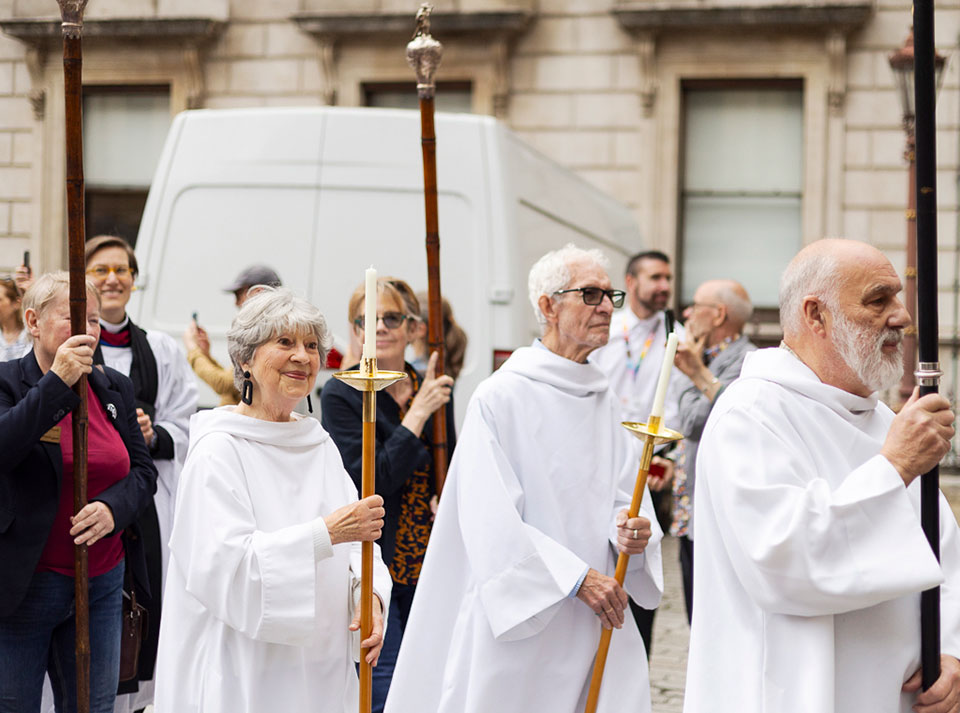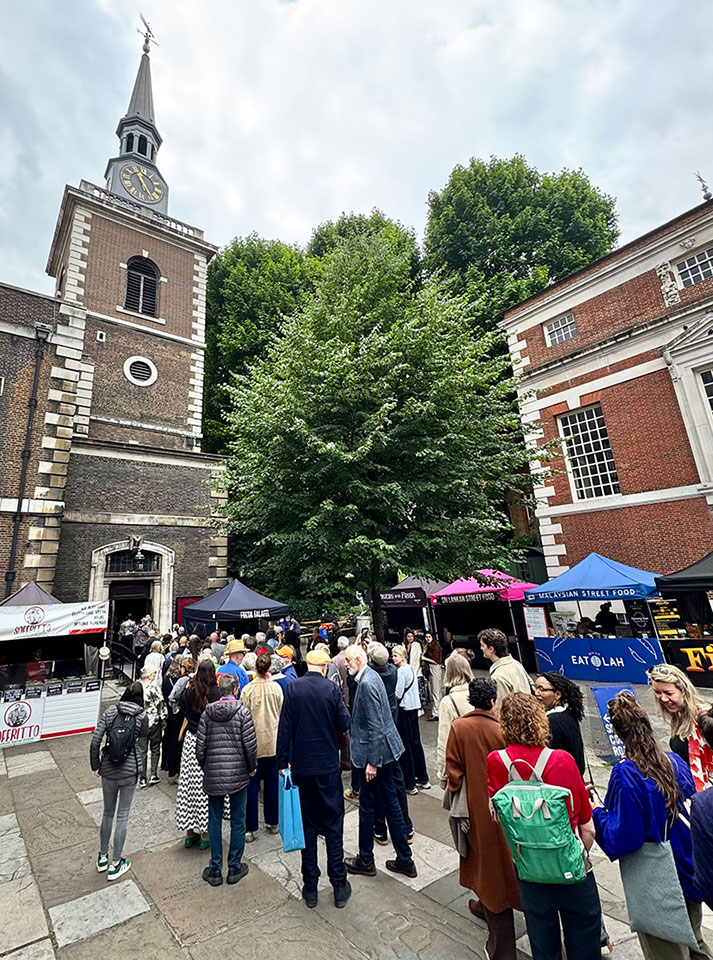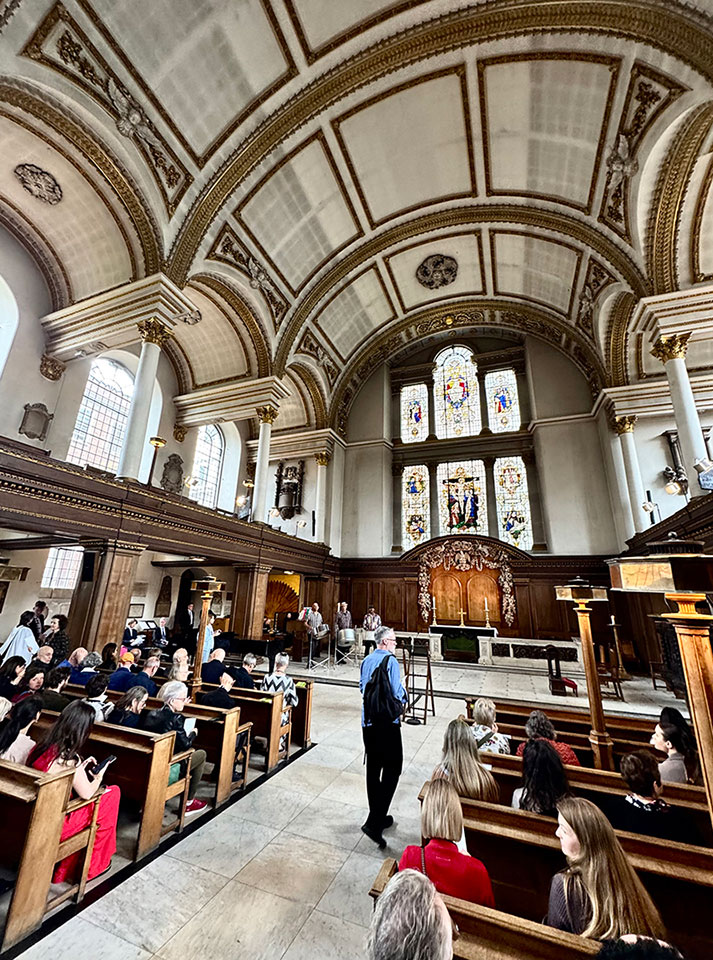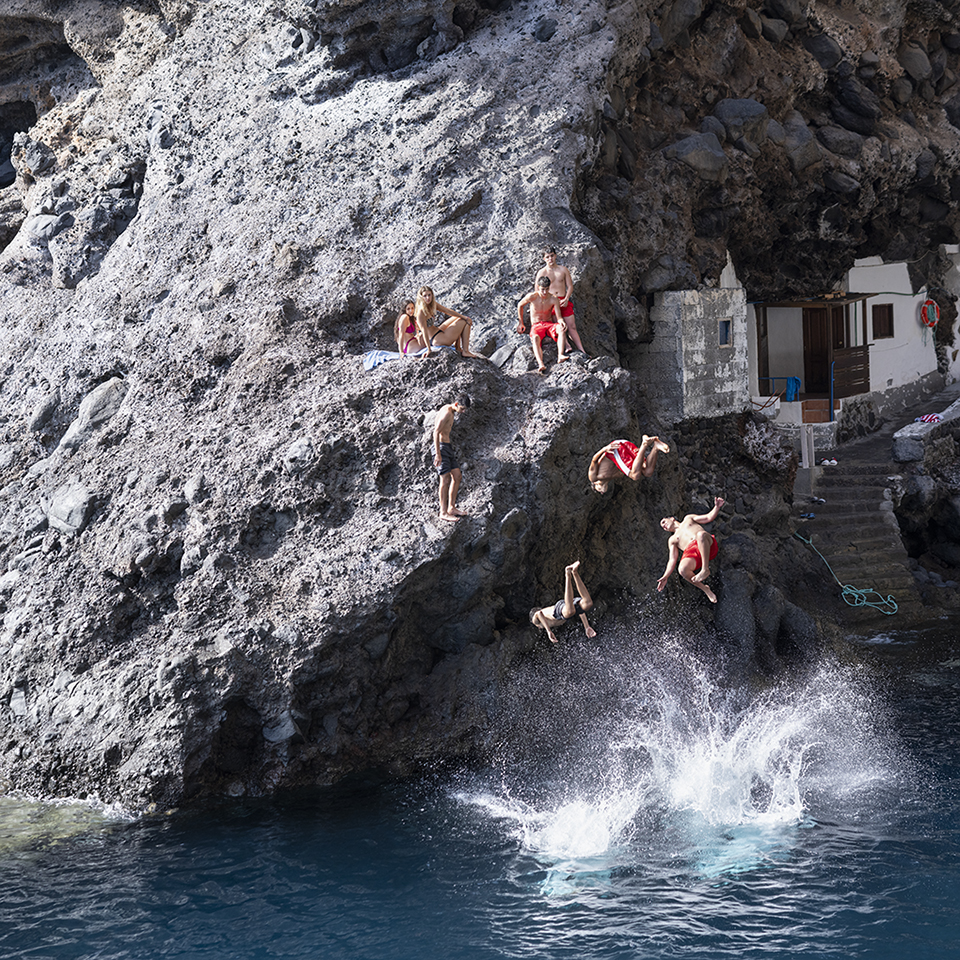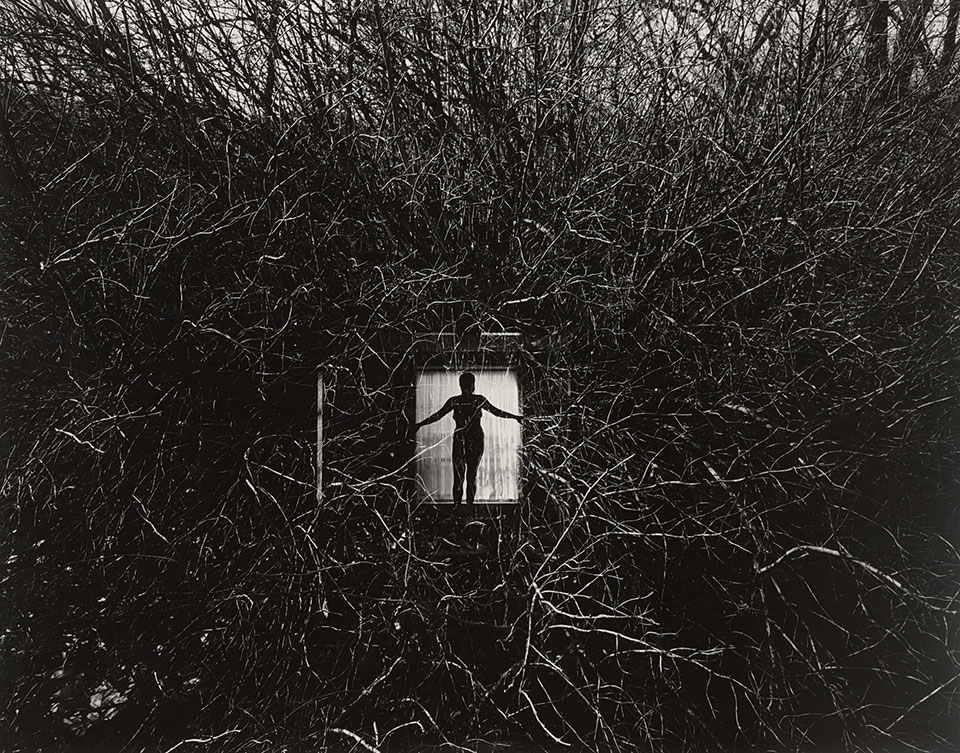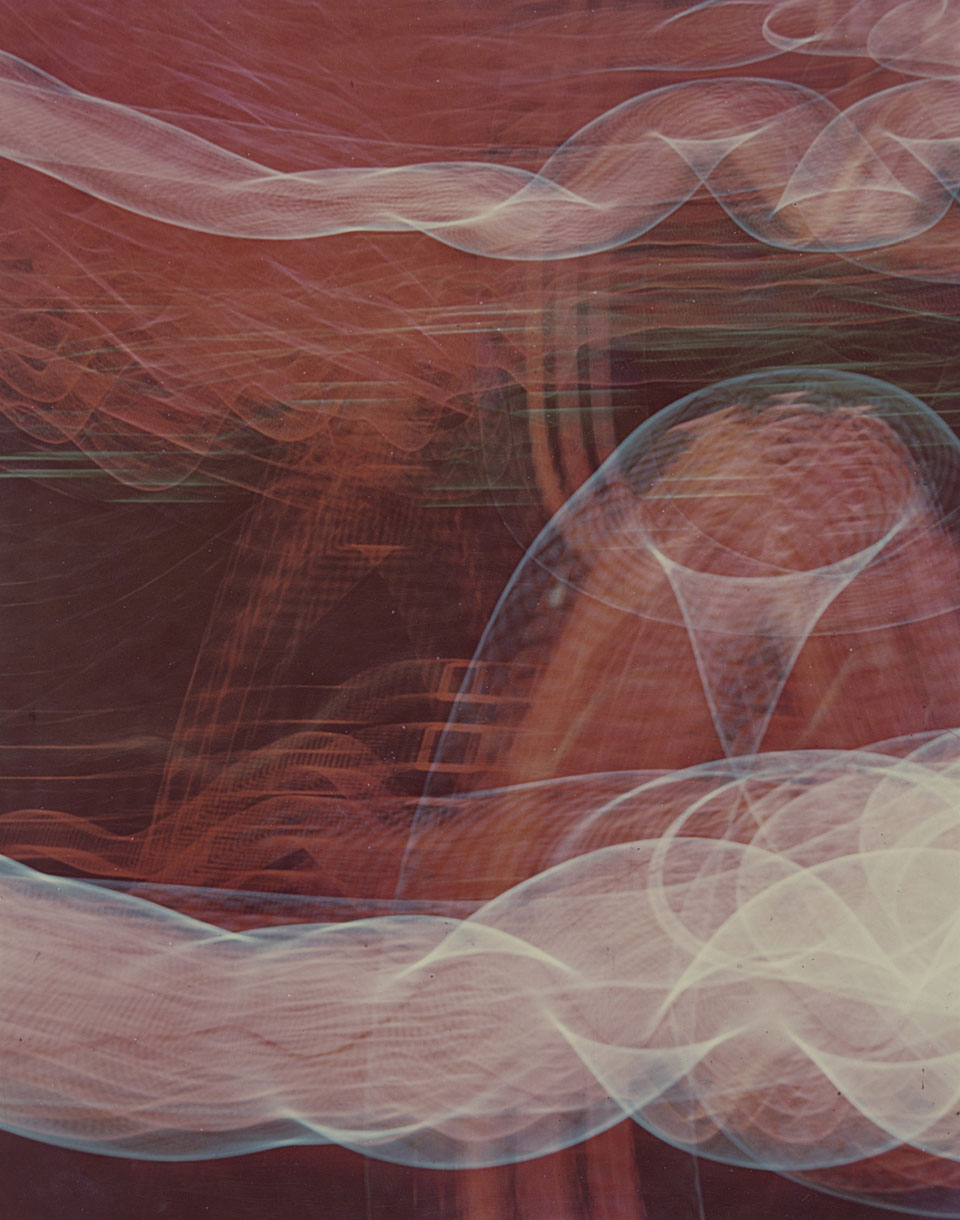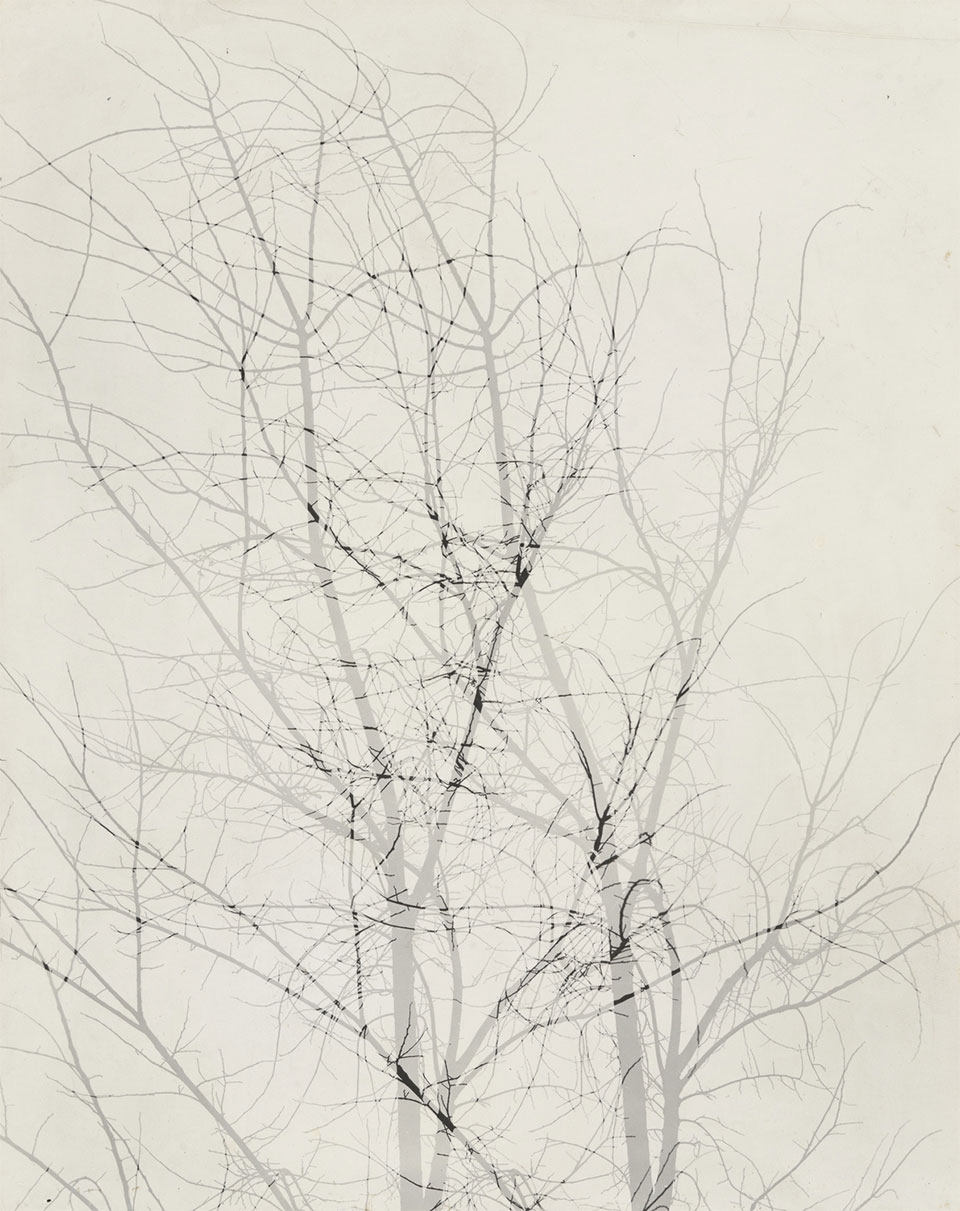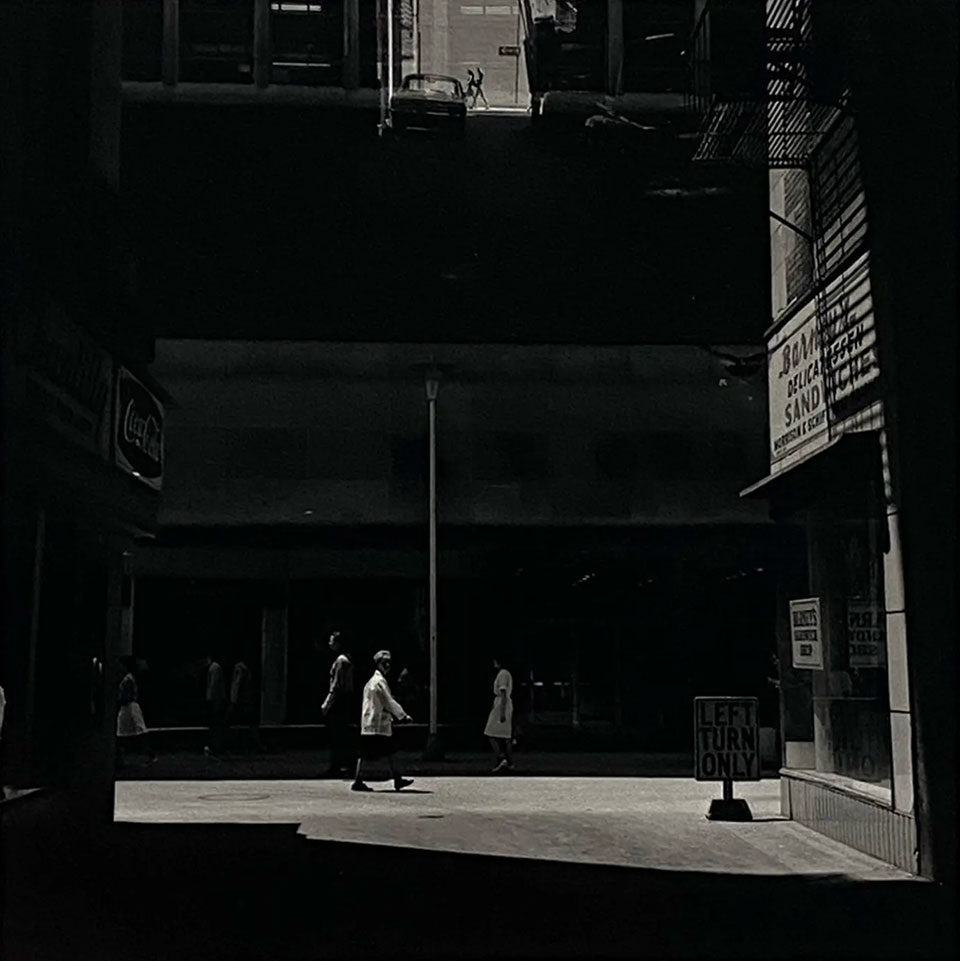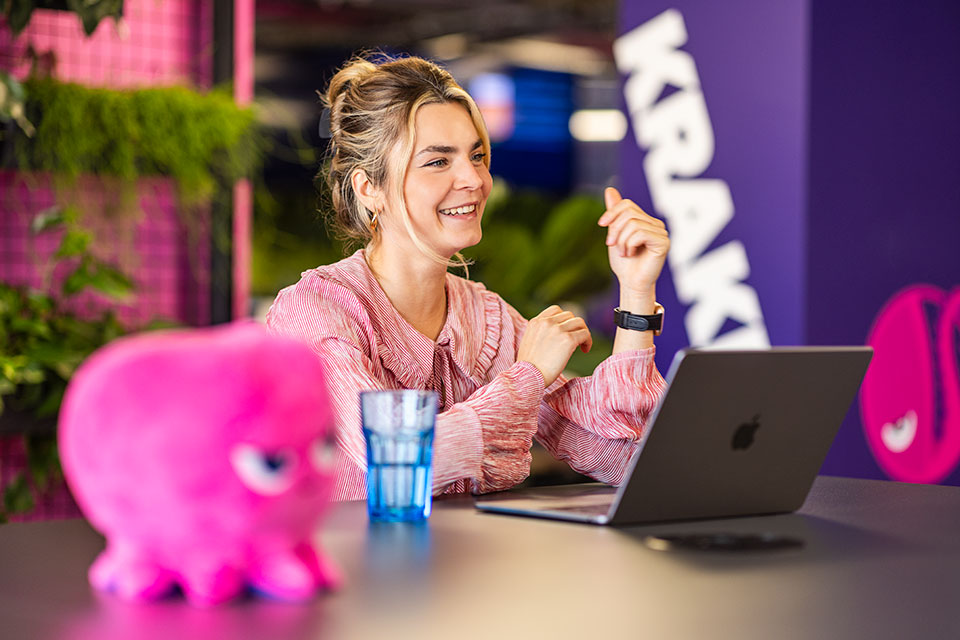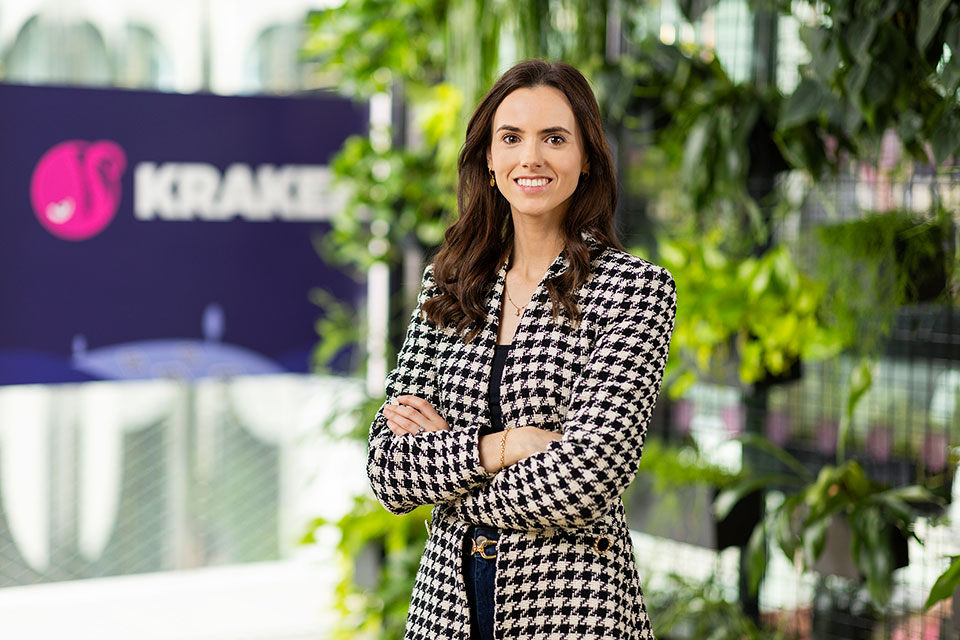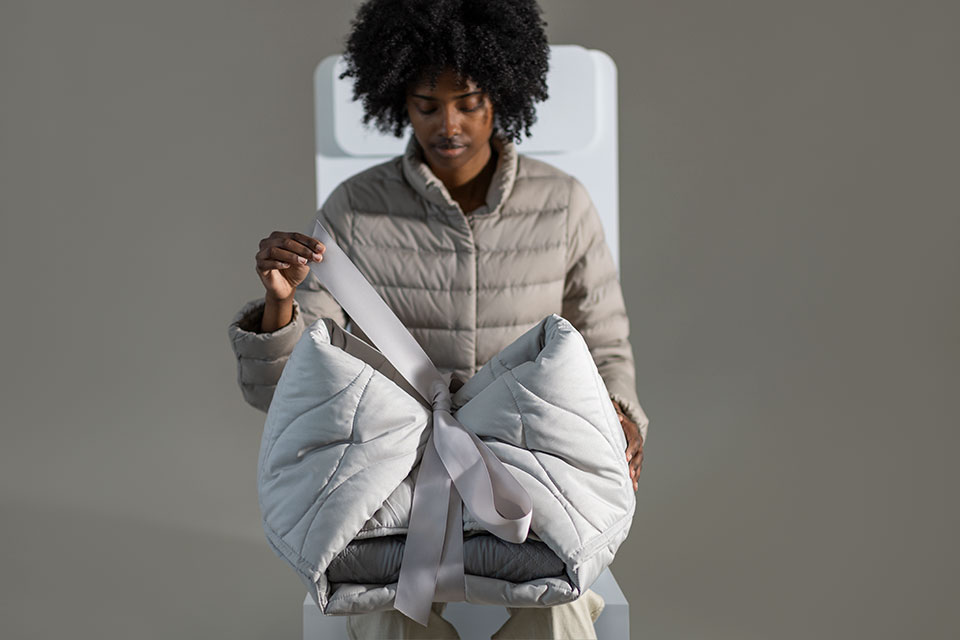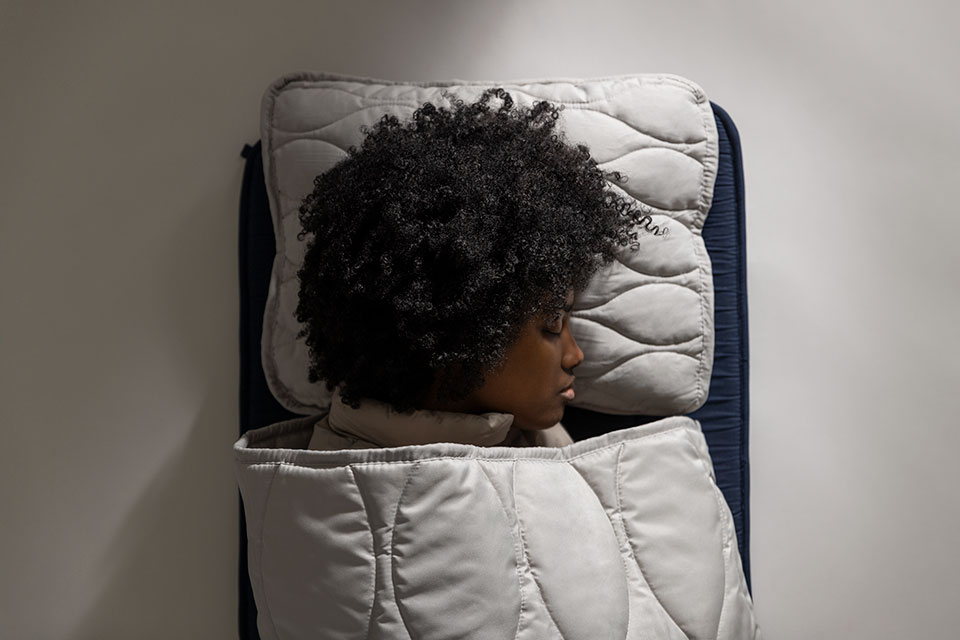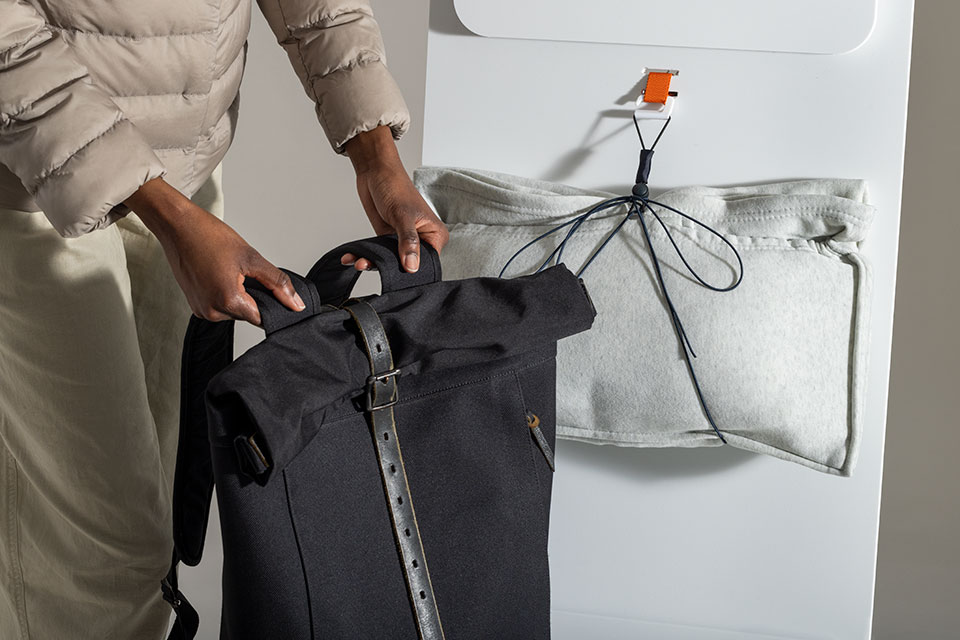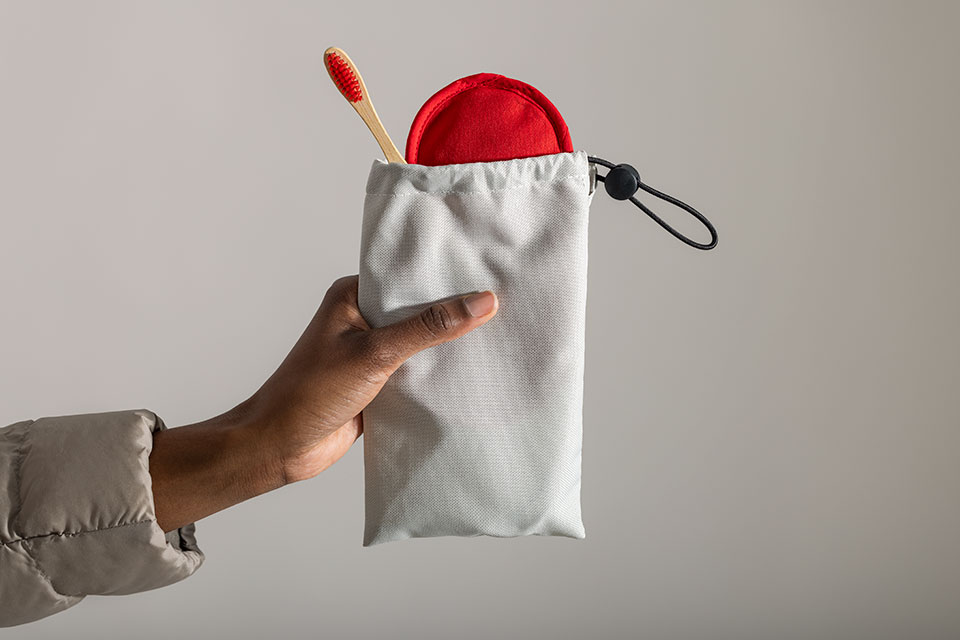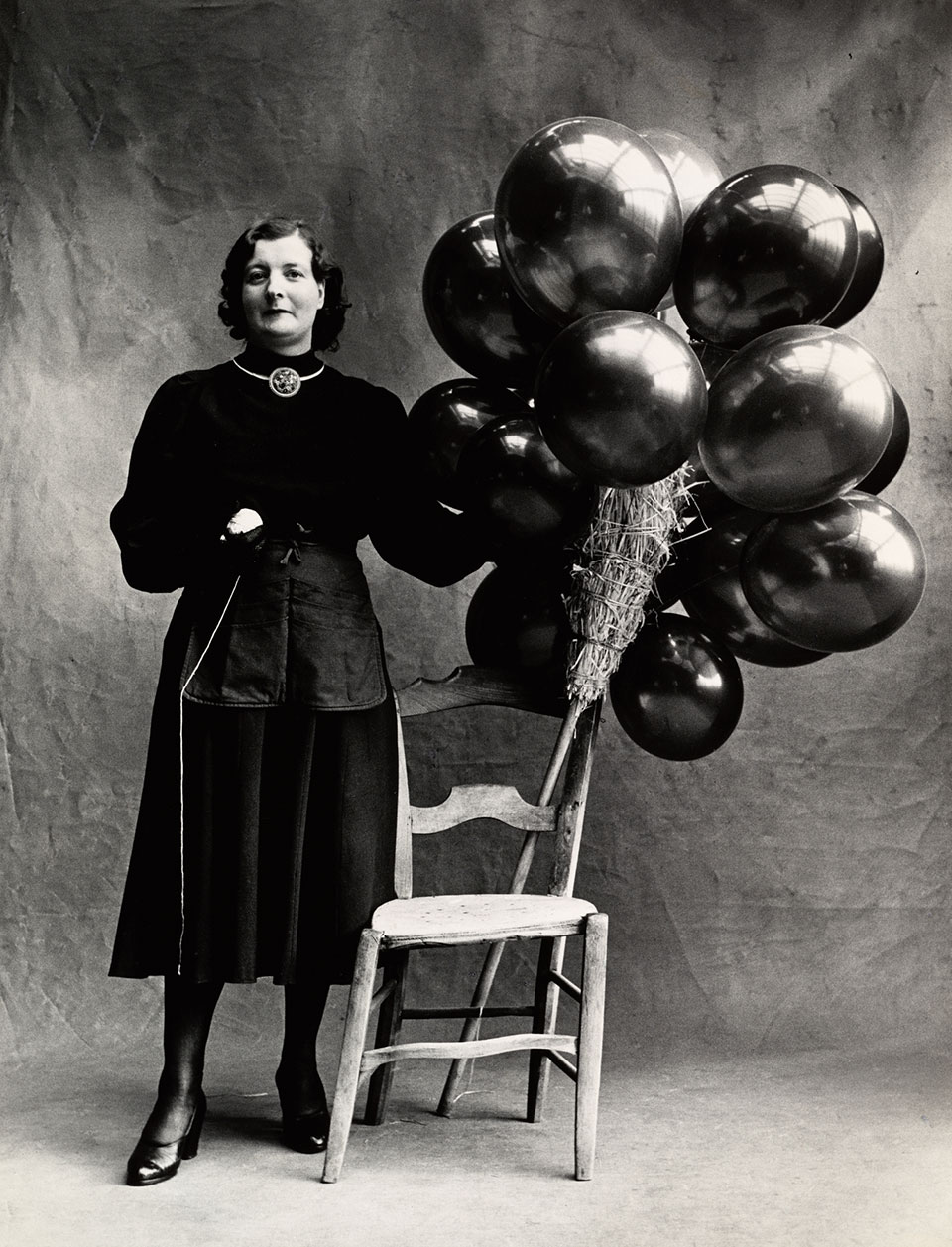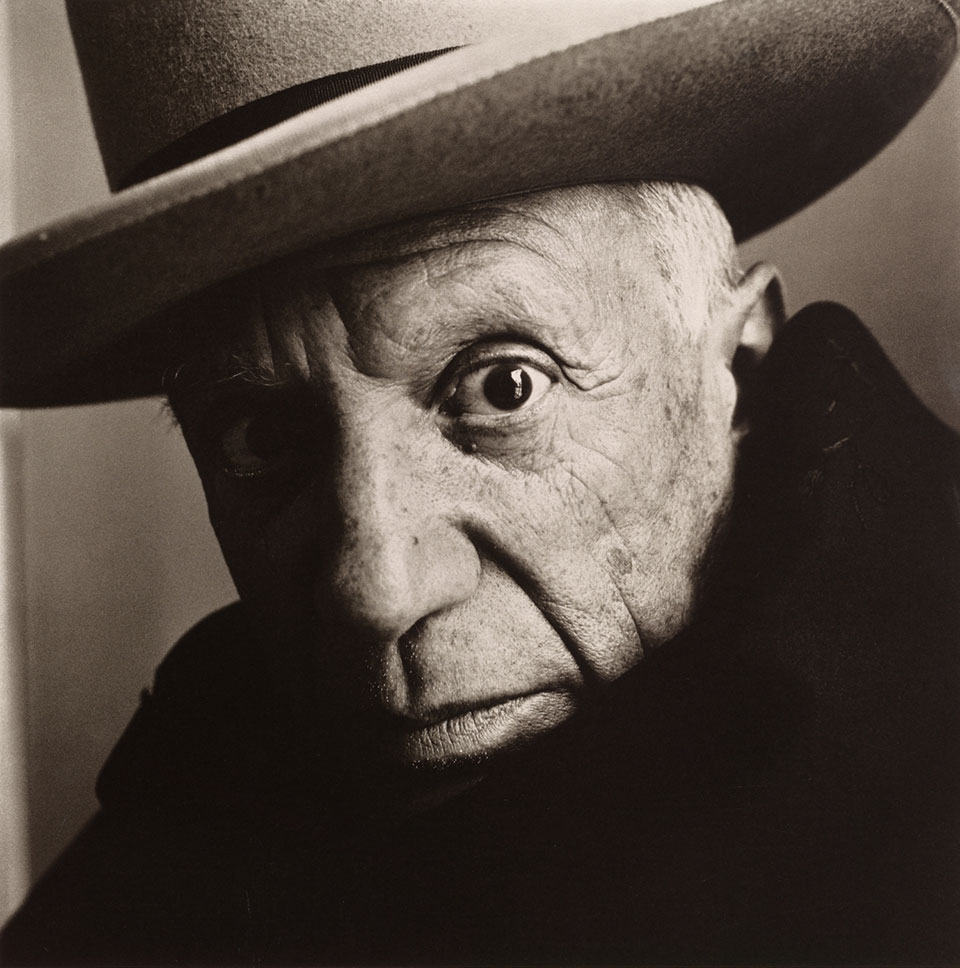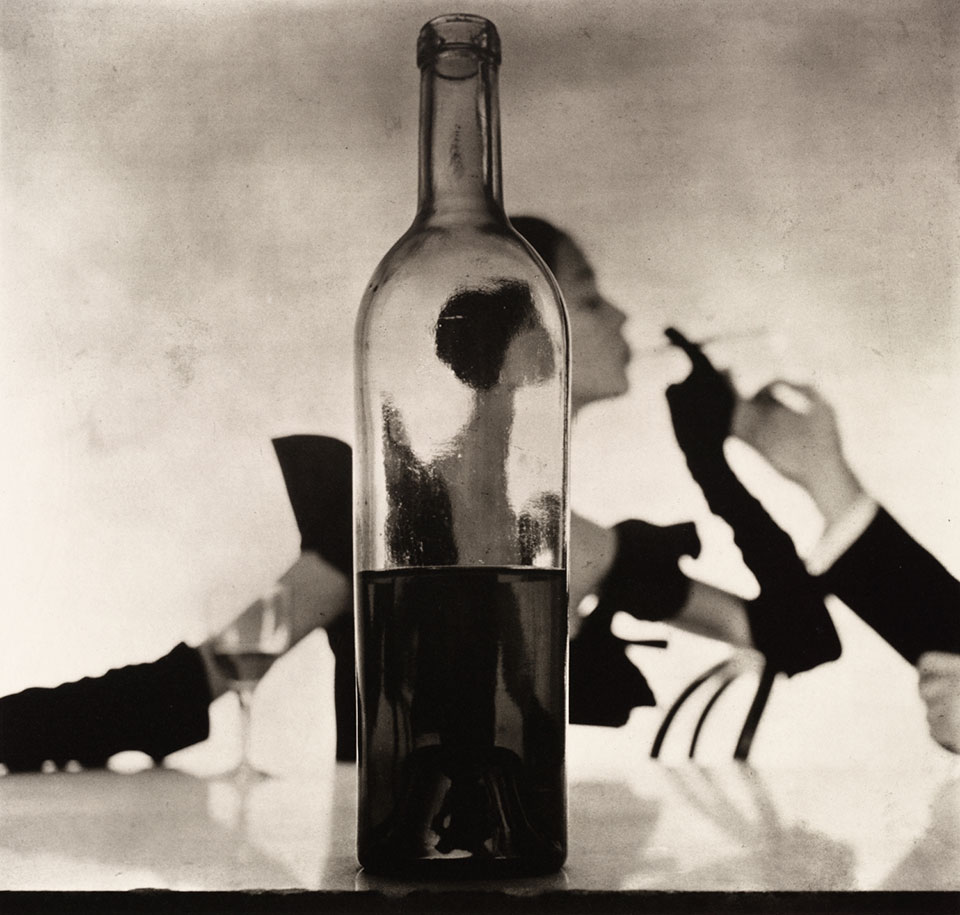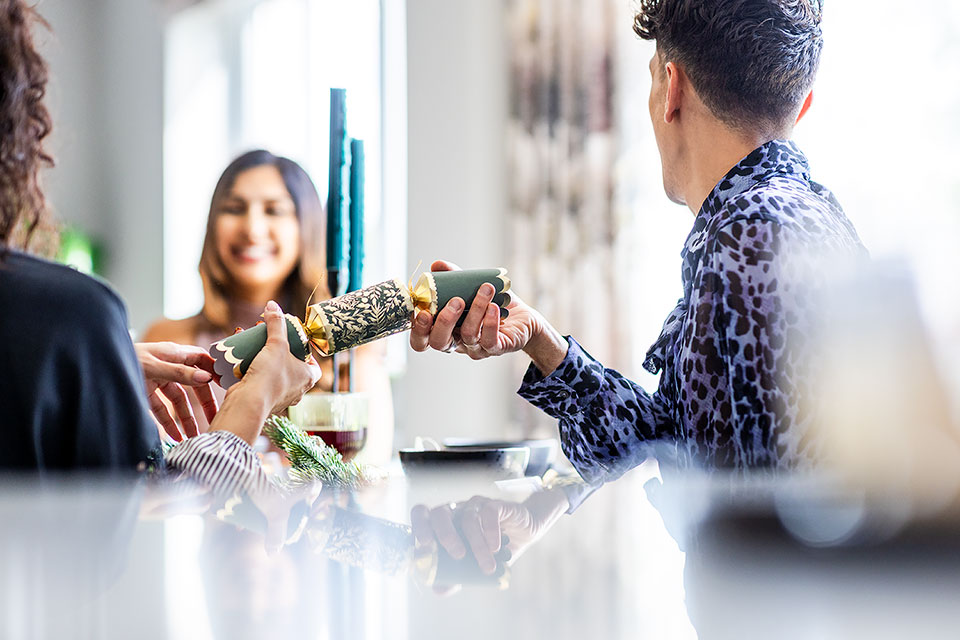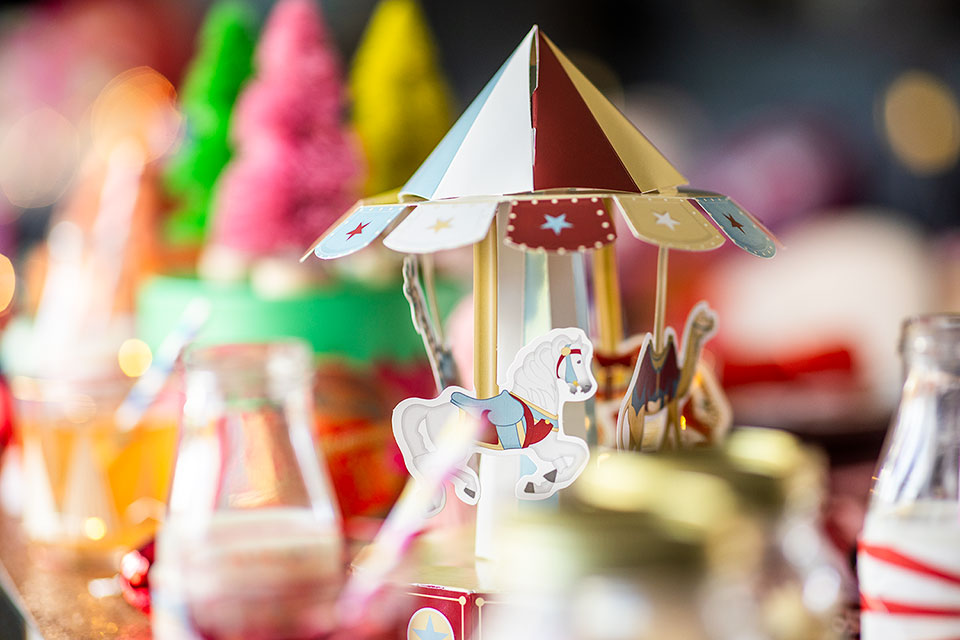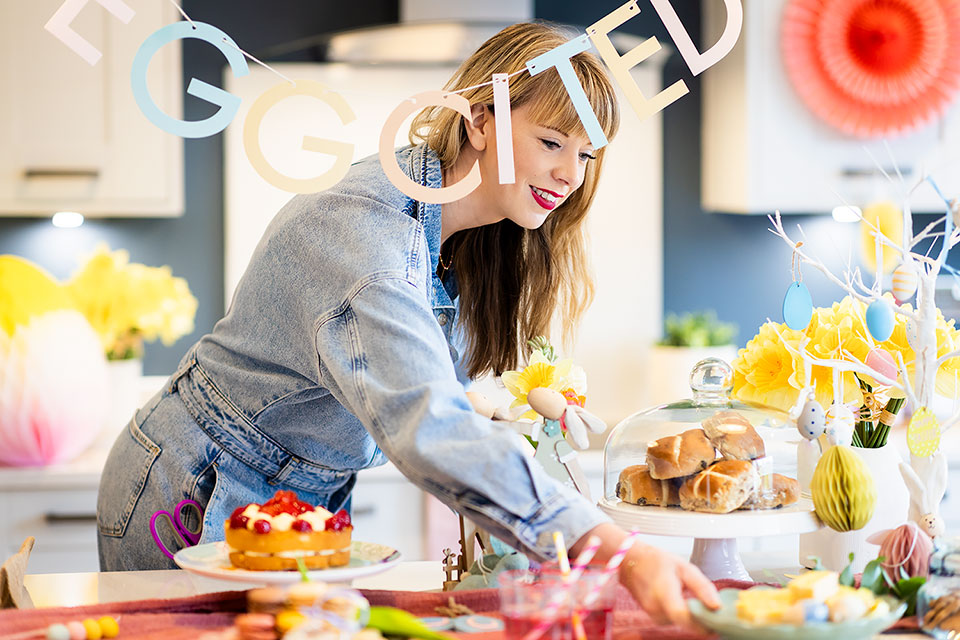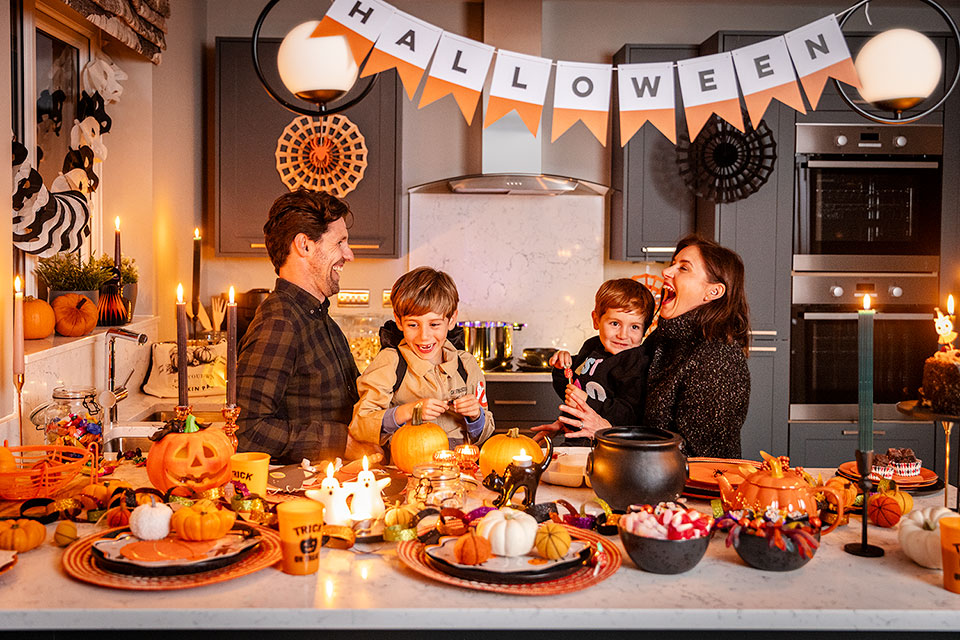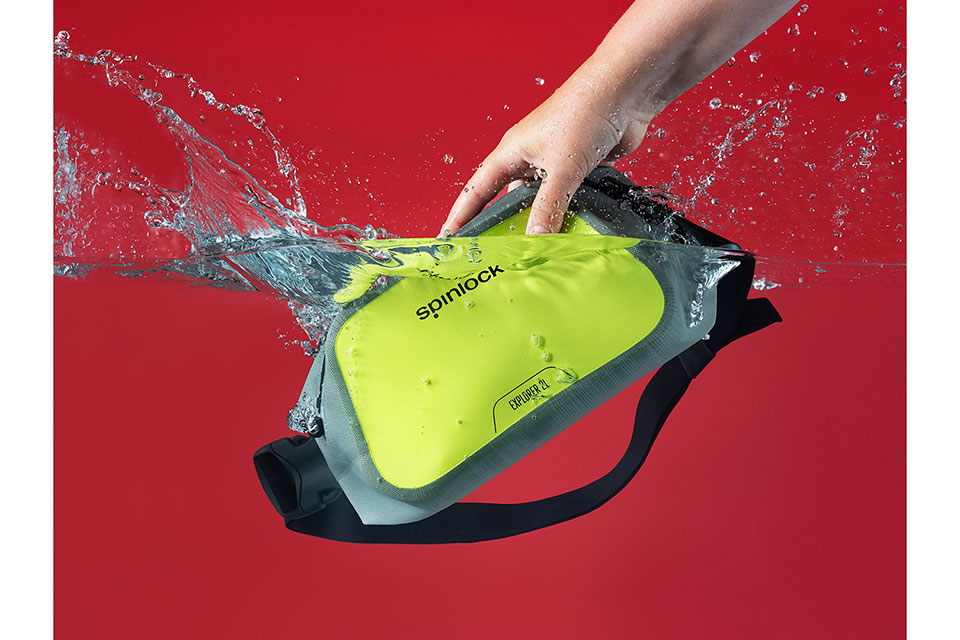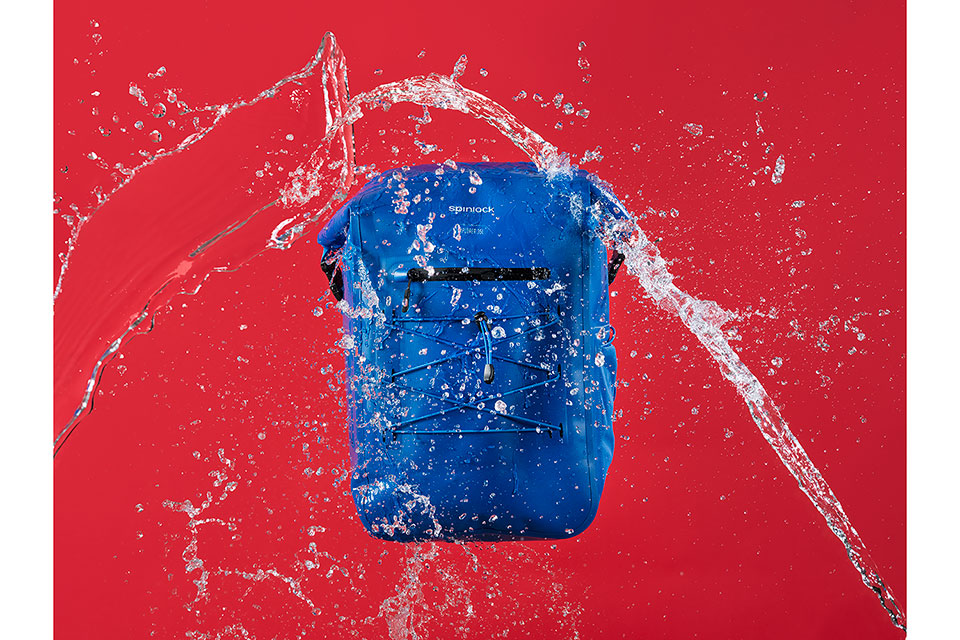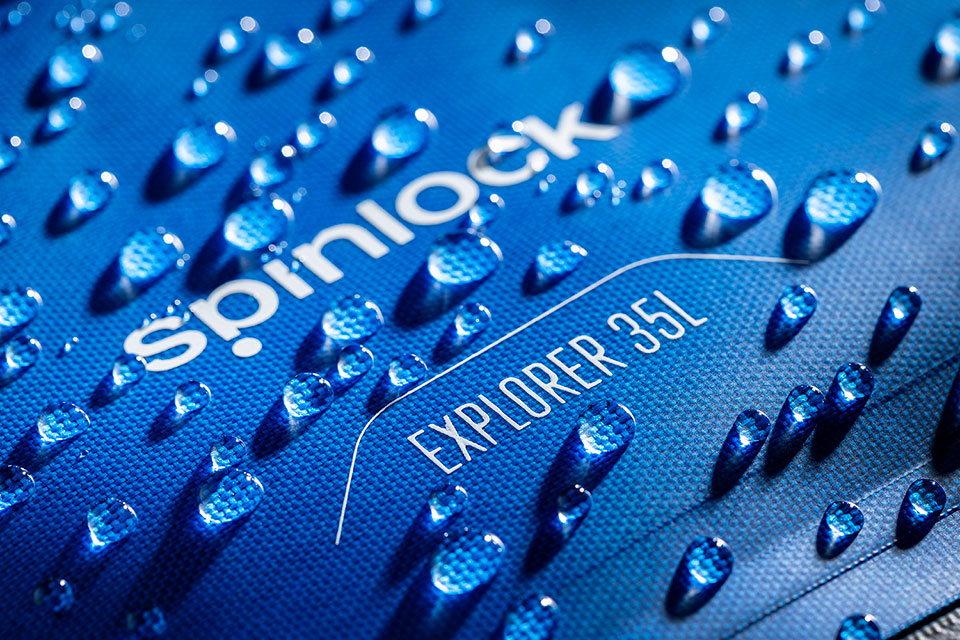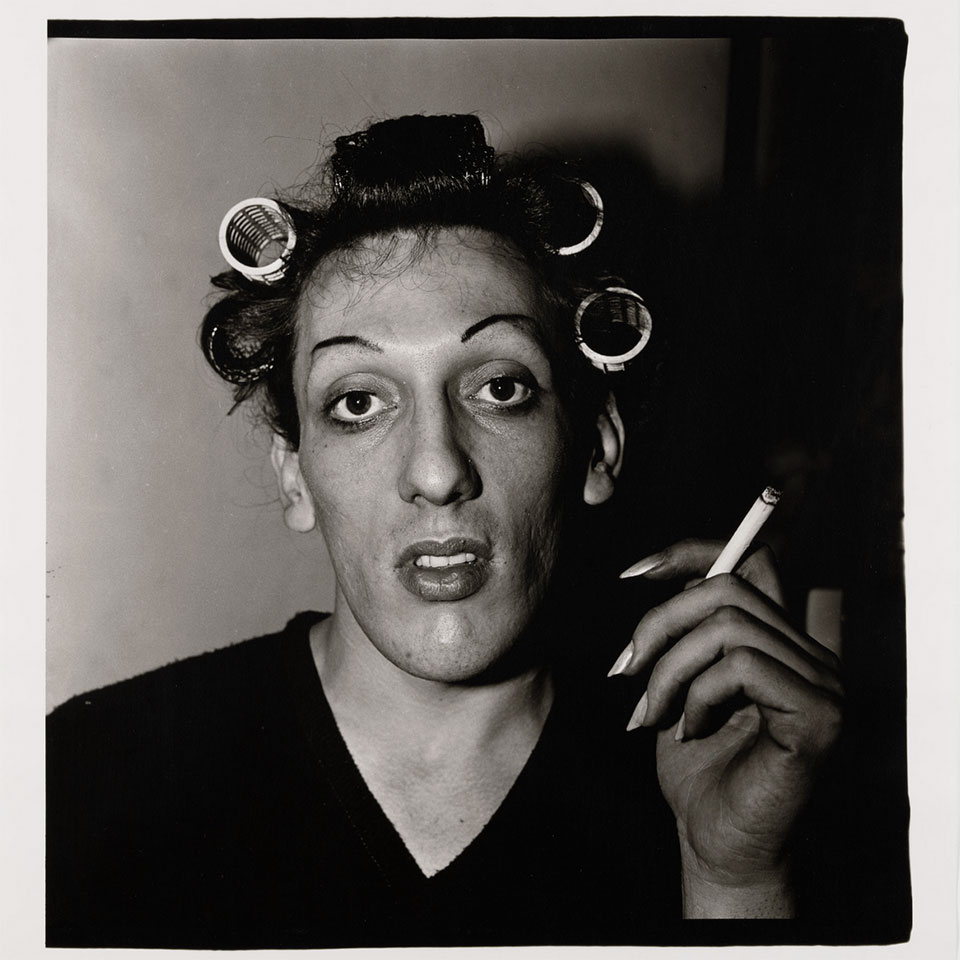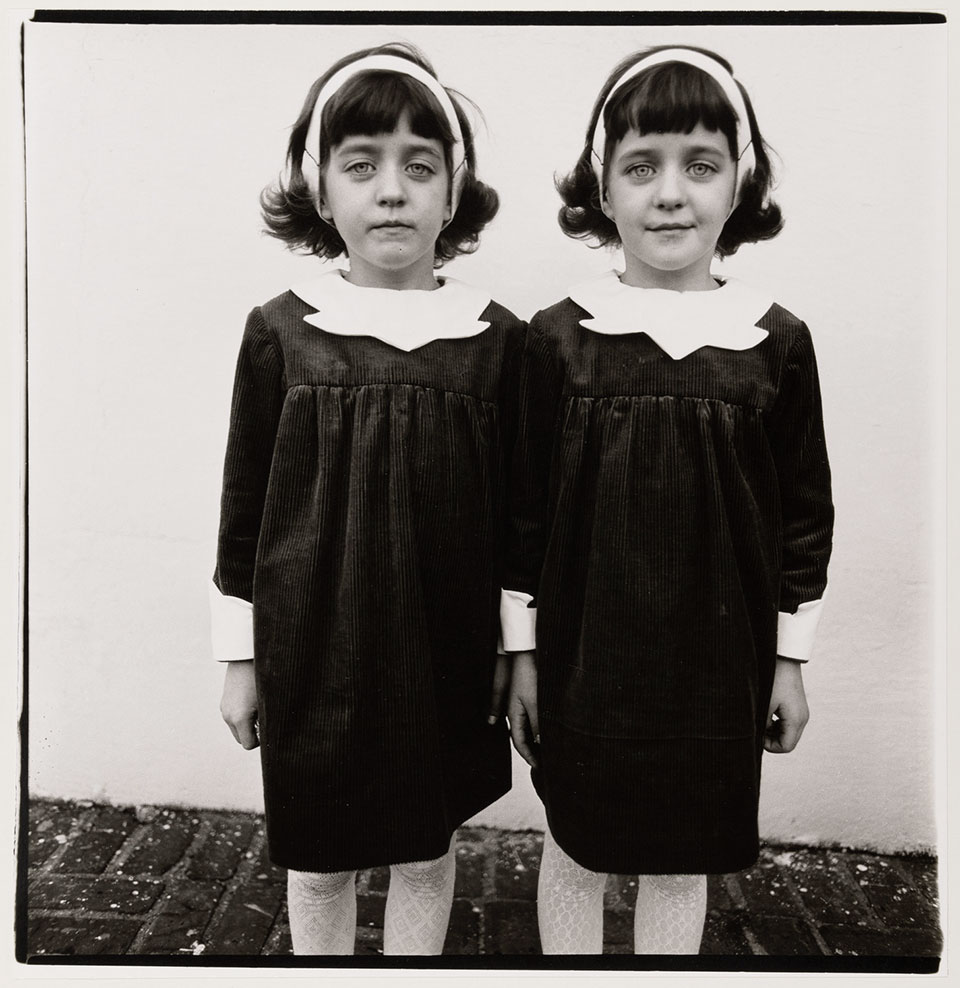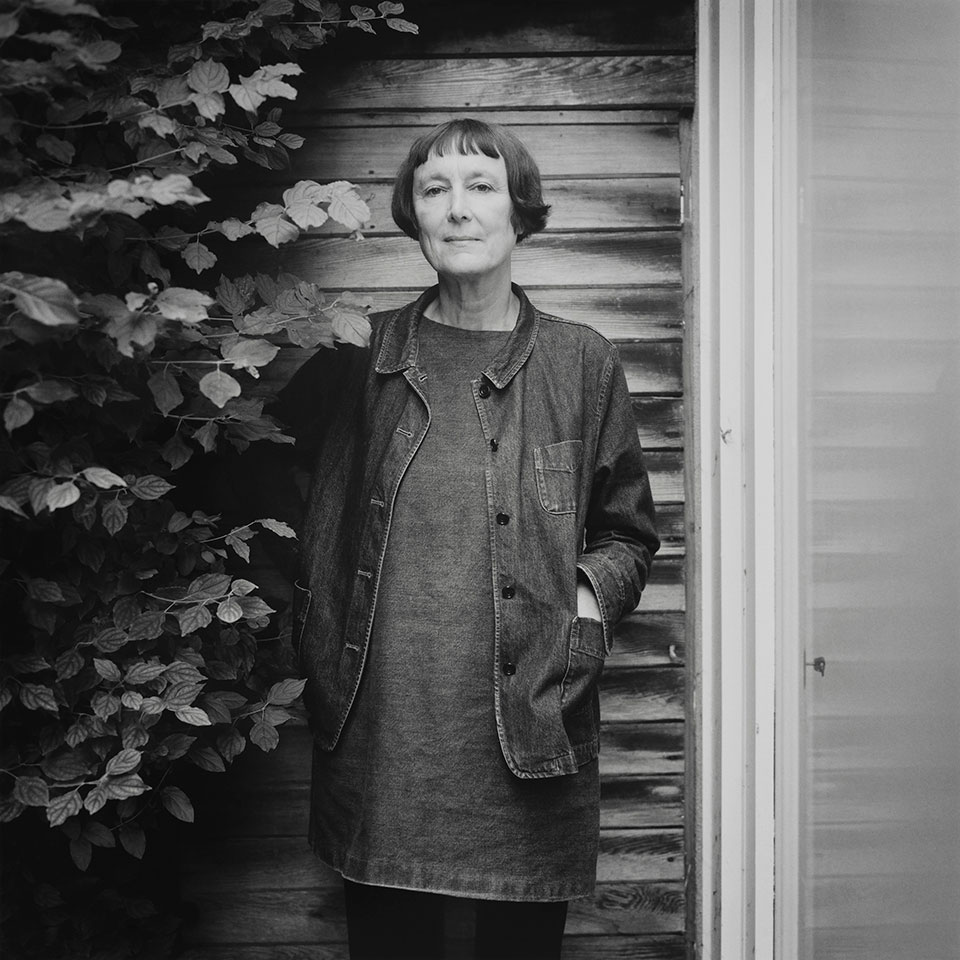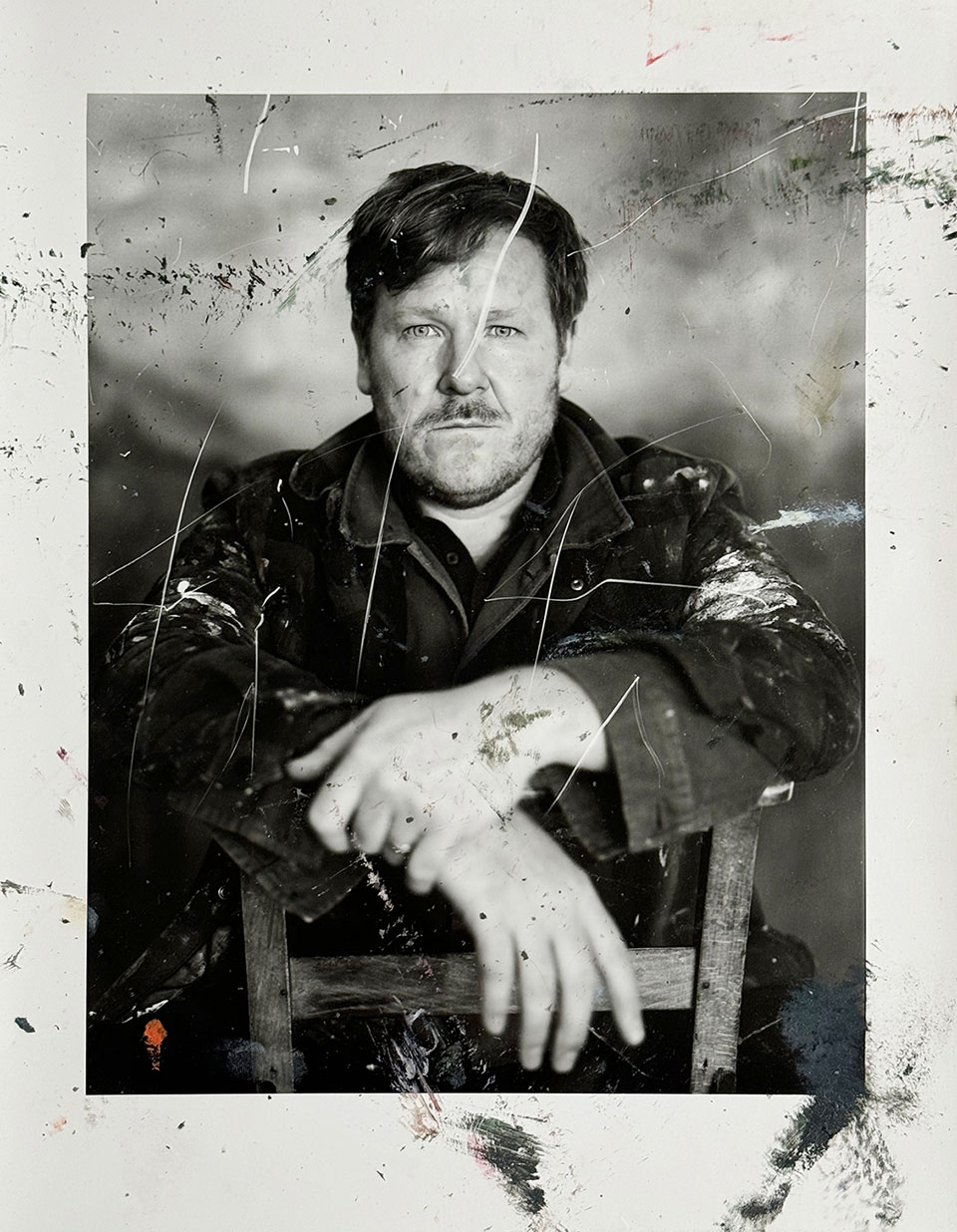Corporate Lifestyle Photography in London: Building Trust, Culture, and Connection
In today’s competitive business landscape, visual storytelling has become one of the most powerful ways for companies to communicate who they are and what they stand for. Whether it’s a financial institution in the City, a creative agency in Shoreditch, or a technology firm in Canary Wharf, every organisation in London needs imagery that captures its people, culture, and values in an authentic and aspirational way.
This is where Corporate Lifestyle Photography in London comes in. It’s more than just a record of your workspace or team, it’s an opportunity to craft a visual identity that builds trust, conveys professionalism, and connects emotionally with both clients and prospective employees.
As a London-based photographer with over two decades of experience as a corporate photographer, I’ve had the privilege of photographing for brands such as Emirates, Diageo, American Express, Citibank, T. Rowe Price, and leading creative agencies including BBDO and M&C Saatchi. Through these commissions, I’ve seen first-hand how considered, high-quality photography can elevate a company’s presence, online, in print, and across internal communications.
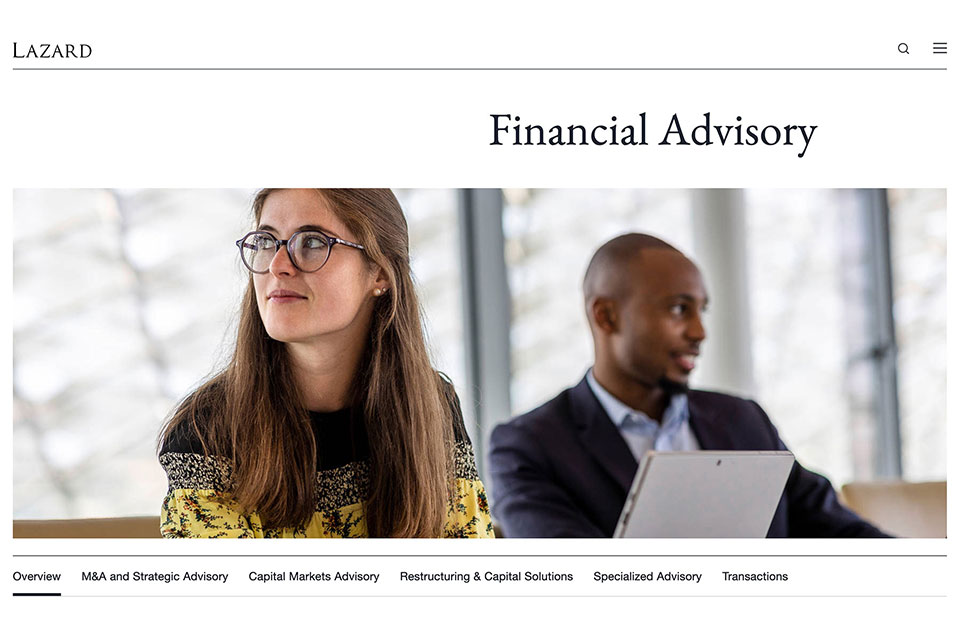
What is Corporate Lifestyle Photography?
Corporate lifestyle photography goes beyond traditional headshots or office interiors. It captures the energy, culture, and personality of a company through natural, documentary-style imagery. The aim is to show people in real working environments, engaged in meaningful scenarios and interactions.
These images might depict a creative team brainstorming in a studio, colleagues sharing a coffee before a meeting, or executives collaborating in a glass-walled boardroom overlooking the Thames. Every frame is carefully composed to feel spontaneous and authentic, yet refined enough to represent a brand’s tone and professionalism.
The result is imagery that feels approachable, human, and credible- essential qualities for London businesses looking to stand out in crowded markets.
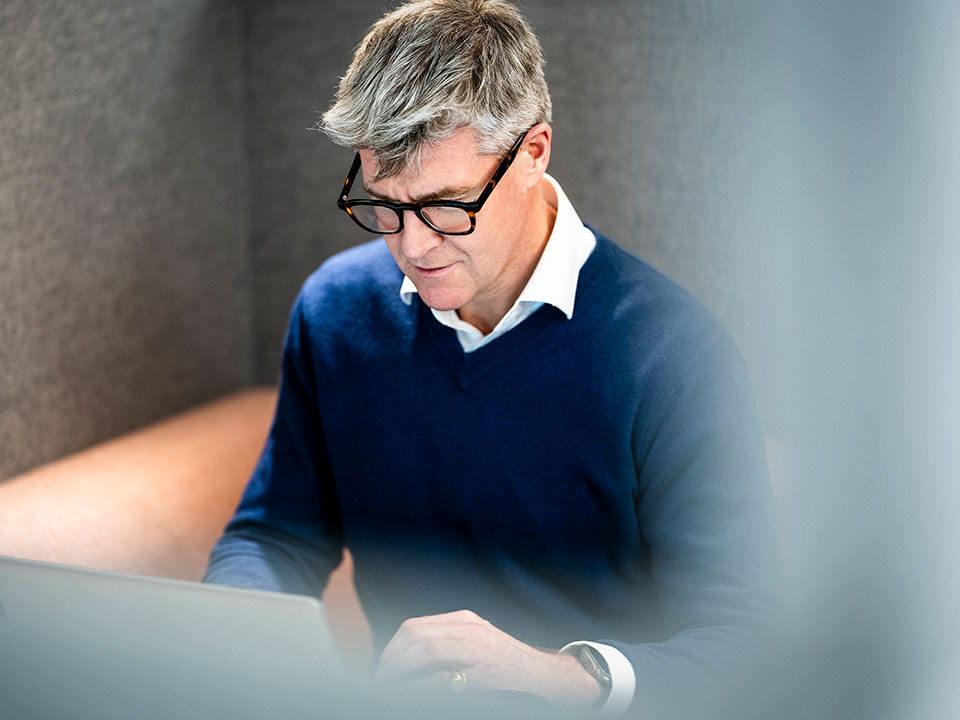
Why Corporate Lifestyle Photography Matters for London Businesses
London is a global business hub- fast-paced, multicultural, and highly competitive. Companies based here operate in a city where reputation and first impressions are significant. Corporate lifestyle photography is a powerful tool for shaping those first impressions.
It builds trust and credibility High-quality imagery signals that a company values its brand and invests in how it presents itself. Whether on a website, LinkedIn, or a press release, professionally crafted photography conveys confidence, clarity, and attention to detail.
It attracts clients and investors People are more likely to engage with a business that feels open and authentic. Corporate lifestyle photography shows the faces, spaces, and moments behind a brand, helping potential clients relate to it on a human level.
It supports recruitment and culture In a competitive hiring environment, companies that can visually communicate a positive, inclusive culture are at a major advantage. A strong visual narrative makes it easier to attract talented professionals who align with a company’s ethos.
It unifies internal and external communications Consistent imagery helps align internal messaging with external branding. Photographs taken during a single shoot can be used across recruitment materials, reports, presentations, and social media, ensuring a cohesive visual voice.
My Approach to Corporate Lifestyle Photography in London
Every project begins with understanding the company’s culture and communication goals. For a corporate lifestyle shoot in London, I’ll typically spend time learning about the client’s ethos, target audience, and visual style. From there, we develop a shoot plan that balances naturalism with brand consistency. Whether working in an office tower in the City, a co-working space in King’s Cross, my goal is always to create imagery that feels genuine, aspirational, and representative of the people behind the brand.
Lighting and composition are central to my process. I often work with a blend of natural and controlled light. The people I photograph are rarely models; but the employees and leaders who make up an organisation. My job is to make them feel comfortable, to draw out natural expressions and gestures that speak to who they are.
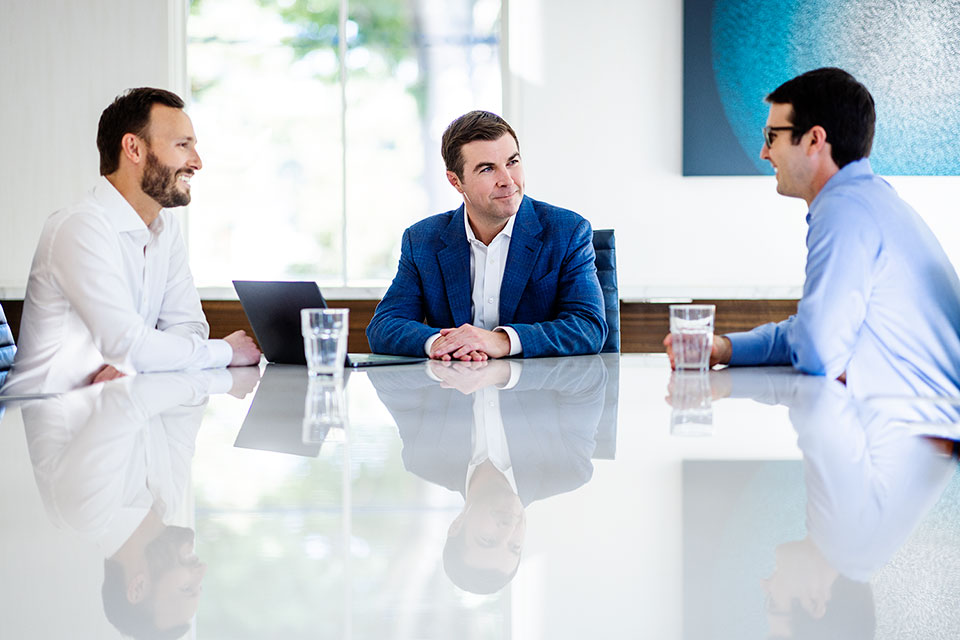
Experience in London, Europe, and the United States
Although much of my work is based in London, I’ve had the opportunity to shoot corporate lifestyle campaigns across Europe and the United States. Each location brings its own energy and visual language. These experiences have shaped the way I approach corporate lifestyle photography in London today.
Clients and Collaborations
Over the years, I’ve worked with a wide range of corporate and creative clients, including:
Emirates, producing global lifestyle imagery that captured both the professionalism and human warmth of their staff.
Diageo, photographing teams in dynamic, real-world environments to showcase a culture of innovation and inclusivity.
American Express, creating corporate portraits and lifestyle imagery for internal and external communications and advertising.
Citibank, producing visual assets that reflected both the gravitas and accessibility of a global financial institution.
T. Rowe Price, delivering a cohesive suite of executive portraits and candid lifestyle images used across annual reports and investor materials.
BBDO and M&C Saatchi, collaborating with creative directors to execute campaigns that blend authenticity with refined visual storytelling.
These projects shared a common goal- to humanise the corporate image while maintaining clarity and polish.
The Importance of Authenticity
In an age dominated by digital content, audiences are increasingly attuned to authenticity. Stock images can no longer convey the individuality or credibility that modern brands require. Corporate lifestyle photography provides something unique, a genuine window into the people who define a company.
In London, this authenticity is especially valuable. The city’s business landscape is diverse, international, and fast-evolving. Clients and staff want to see real people and real moments, not overly posed images that could belong to any brand. A carefully considered photographic narrative communicates confidence without arrogance and professionalism without sterility.
Integrating Corporate Lifestyle Photography with Headshots and Portraits
For many clients, corporate lifestyle photography is commissioned alongside London headshot photography or London corporate portraits. Combining these elements creates a consistent visual tone across platforms, from websites and annual reports to LinkedIn and recruitment campaigns. A typical commission might begin with environmental portraits of key executives, followed by candid shots of teams collaborating or individuals at work. By combining formal and informal imagery, a brand can present itself as both authoritative and approachable. This approach ensures visual cohesion while providing a range of assets suitable for different communication needs, a hallmark of effective brand storytelling.
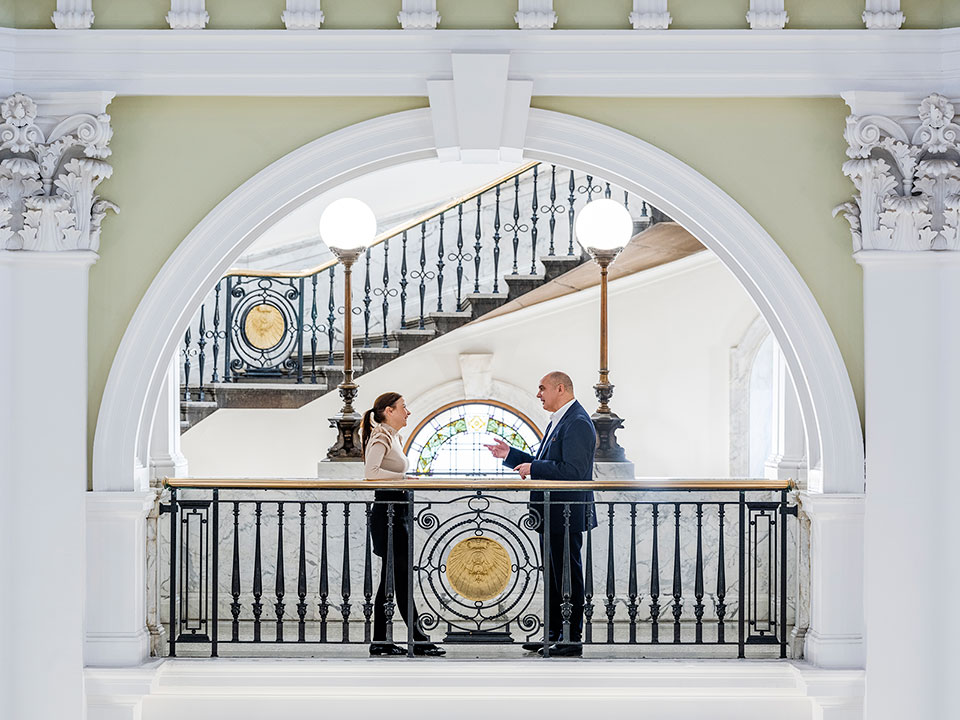
London: A City Defined by People and Place
London offers extraordinary opportunities for corporate photography. From the gleaming towers of Canary Wharf to the creative enclaves of Hackney and Southwark, the city provides a visual language of energy, ambition, and diversity. I’ve photographed in a wide variety of environments across London, from offices overlooking the Thames to creative agencies in converted warehouses, and financial firms set within modern glass architecture. Each location brings its own rhythm and light, and understanding how to translate that into images is central to my practice.
In outdoor settings, London’s ever-changing light often works in my favour, providing subtle tonal shifts that add depth and atmosphere to corporate lifestyle images. Indoors, I rely on controlled lighting setups that blend with natural illumination, creating a visual continuity across all images.
Creating Lasting Value Through Photography
A well-executed corporate lifestyle shoot is more than just a set of photographs; it’s an investment in a company’s identity. The images become part of a brand’s long-term visual archive, used across annual reports, recruitment campaigns, websites, press coverage, and internal communications. For many of my London clients, one carefully planned shoot provides enough high-quality imagery to sustain their visual content for years. The key lies in creating a diverse and flexible range of images, from wide environmental scenes to intimate close-ups that reflect the true character of the company.
How I Work with Corporate Clients
My approach to Corporate Lifestyle Photography in London is collaborative from start to finish.
Consultation. I begin by understanding the company’s story, goals, and visual needs.
Pre-production. We plan shot lists, locations, and schedules, ensuring efficiency and flexibility on the day.
Shooting. I work with a combination of natural and supplemental light to maintain a consistent visual tone, encouraging genuine interaction rather than staged posing.
Post-production. Images are edited with precision and subtlety, maintaining realism while enhancing clarity, colour, and atmosphere.
The result is a suite of images that can be used confidently across digital and print media; polished, natural, and on-brand. In a city that thrives on innovation and individuality, corporate lifestyle photography in London offers businesses a way to distinguish themselves from competitors. It humanises brands, builds trust, and captures the energy of their teams and environments in a way words alone never can.
Whether your company is a global financial institution or a growing creative agency, high-quality photography communicates values effectively. It reassures clients, inspires staff, and supports a cohesive brand identity across all media.
With years of experience photographing for clients I bring both technical expertise and a creative, collaborative approach to every commission.

Conclusion
The way a company presents itself visually is more important than ever. In a digital world saturated with imagery, authenticity, clarity, and emotional connection have become defining qualities of successful brands.
Corporate lifestyle photography in London offers businesses the opportunity to communicate those values through honest, engaging imagery that reflects the people behind the brand.
If you’re looking to strengthen your company’s visual identity through lifestyle imagery, London headshot photography, or London corporate portraits, I’d love to discuss how I can help bring your story to life.
Explore more of my corporate photography here and email richard@richardbollphotography.com to see how I can help.
